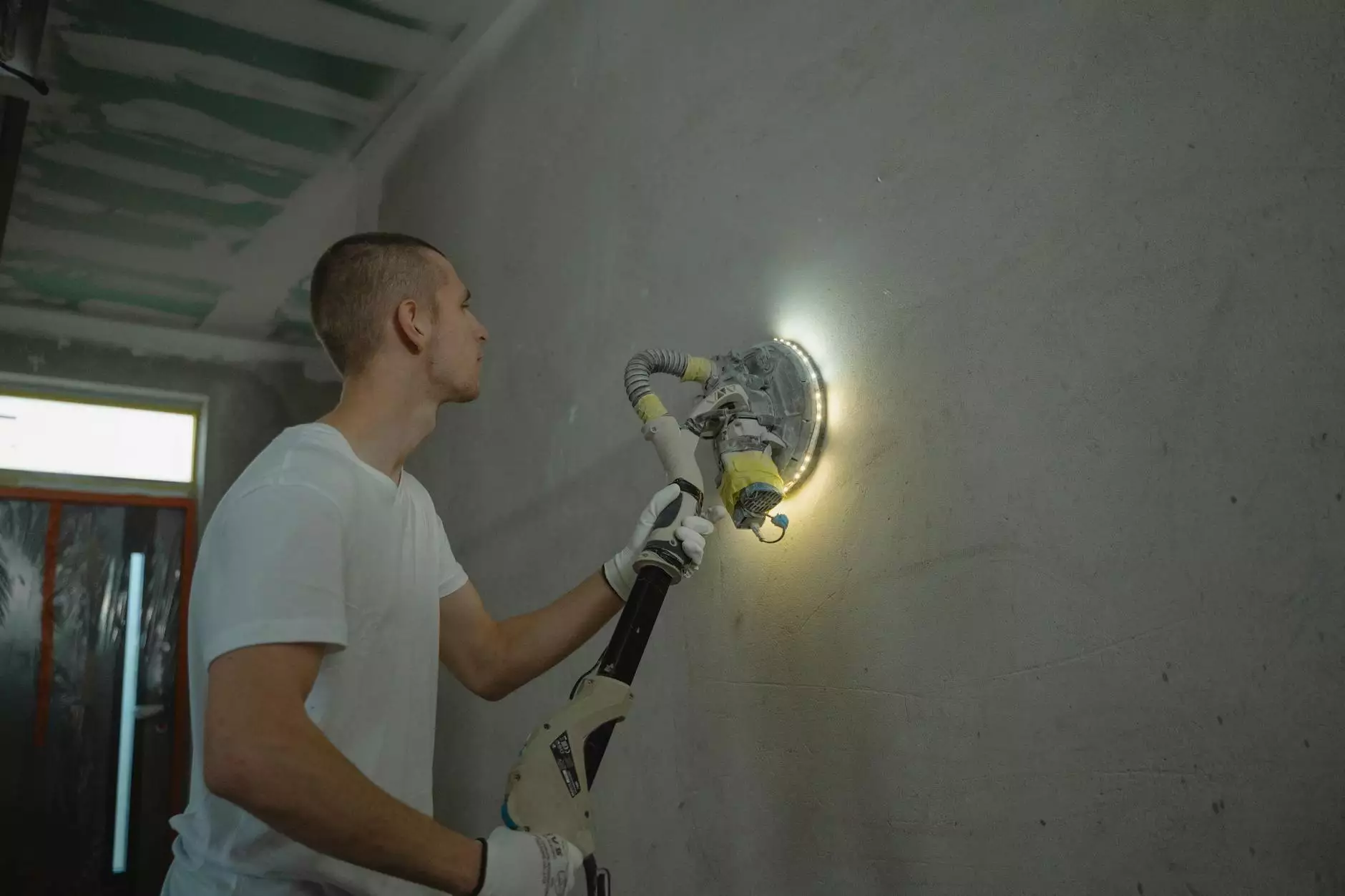Ultimate Guide to Home Gutter Replacement

When it comes to maintaining your home, few elements are as crucial yet overlooked as the gutters. Home gutter replacement is often considered an afterthought until problems arise. However, understanding the importance of your gutter system is essential for protecting your home from water damage and preserving its structural integrity.
Why Gutters Matter
Gutters are designed to channel rainwater away from your home’s foundation, preventing issues such as:
- Foundation Damage: Excessive water flowing around your home's foundation can lead to serious structural problems.
- Basement Flooding: Properly functioning gutters can help avoid pooling water that leads to leaks and flooding in your basement.
- Siding Damage: Water spilling over from clogged or damaged gutters can cause siding rot and mold growth.
- Mold and Mildew: Standing water due to inefficient gutters can encourage the growth of mold and mildew, which can be harmful to your health.
Signs That It’s Time for Home Gutter Replacement
Many homeowners may wonder when it's time to replace their gutters. Here are several signs that indicate you might need a home gutter replacement:
- Visible Cracks or Splits: Inspecting your gutters regularly is vital. If you notice cracks, splits, or holes, it may be time for replacement.
- Peeling Paint or Rust: If you see peeling paint or rust around your gutters, this could indicate corrosion or water damage.
- Dents or Damage: Heavy debris can cause physical damage to your gutters. Dents or other damage may warrant a complete replacement.
- Frequent Clogs: If your gutters are clogged regularly despite cleaning, it might be a sign that they are no longer functioning effectively.
- Water Damage: Water pooling near your foundation or leaks in the roof may indicate that your gutters are failing to redirect water appropriately.
Types of Gutter Materials for Your Home
Choosing the right material for your gutters is crucial for improving both functionality and aesthetics. Here are the most common materials used in home gutter systems:
1. Vinyl Gutters
Vinyl gutters are lightweight and easy to install. They are cost-effective and resist rust and corrosion. However, they can become brittle in extreme temperatures.
2. Aluminum Gutters
Aluminum gutters are popular due to their resistance to rust. They come in various colors and can be painted, making them a versatile option. They are fairly affordable and relatively easy to install.
3. Copper Gutters
Copper gutters are highly durable and add a touch of elegance to any home. They are a premium option with a longer lifespan, but they come at a higher price point. Over time, copper gutters develop a beautiful patina.
4. Steel Gutters
Steel gutters are incredibly strong and resistant to damage. They can handle heavy rain but may rust if not properly maintained. They require periodic painting to prevent corrosion.
5. Galvanized Steel Gutters
Galvanized steel gutters are coated with zinc to help resist rusting. They offer strength and durability but require maintenance to prolong their lifespan.
The Home Gutter Replacement Process
Understanding the process of replacing your gutters can empower you as a homeowner. While professional installation is often recommended, having an overview of the process can help you make informed decisions.
Step 1: Assessment
The first step involves assessing your existing gutter system for damages, clogs, or inefficiencies. This assessment will help you determine the necessary repairs or if a full replacement is required.
Step 2: Choosing Materials
Based on your budget and desired aesthetics, select the appropriate material for your new gutters. Consider factors such as durability, maintenance needs, and color.
Step 3: Measuring
Accurate measurements of your home’s perimeter are critical. Proper measurements ensure that your new gutters will fit correctly and function effectively.
Step 4: Removal of Old Gutters
Removing the old gutters is necessary before installing new ones. This step involves detaching the existing gutter system from your home without damaging the fascia or roofline.
Step 5: Installing New Gutters
With the old system removed, installation can begin. This involves securely fastening the new gutters in place, ensuring the proper slope for effective water drainage.
Step 6: Downspout Installation
Downspouts play a critical role in directing water away from the foundation. Install them with care to optimize their alignment and effectiveness.
Step 7: Final Inspection
After installation, carry out a final inspection to ensure everything is secured and functioning well. A test run with water can help assess drainage efficiency.
Benefits of Professional Home Gutter Replacement
While some homeowners may be tempted to undertake a DIY gutter replacement project, enlisting professional services offers several advantages:
- Expertise: Professionals have the experience and knowledge to install gutters correctly, avoiding common mistakes.
- Quality Materials: Professionals often have access to better quality materials and products than what is available at retail stores.
- Time-Saving: Hiring professionals means the job will be completed quicker than if you attempted it yourself, allowing you to focus on other home improvement projects.
- Warranty: Many professional gutter services offer warranties on both the materials and the installation, providing peace of mind.
- Safety: Climbing ladders and working at heights can be dangerous. Professionals are trained to work safely in these conditions.
Maintenance Tips for Your Gutters
To ensure the longevity of your new gutter system, regular maintenance is key. Here are some essential maintenance tips:
- Regular Cleaning: Keep gutters free of leaves, twigs, and other debris to prevent clogs.
- Inspect for Damage: Regularly check for cracks, rust, or physical damage to your gutter system.
- Check Downspouts: Ensure downspouts are clear from blockages. Use a plumber's snake if necessary to remove clogs.
- Consider Gutter Guards: Installing gutter guards can help prevent debris accumulation and minimize cleaning frequency.
- Seasonal Checks: Inspect your gutters at least twice a year, ideally in the spring and fall, to catch any issues early.
Conclusion
Home gutter replacement is a significant home improvement task that should not be underestimated. Understanding the benefits of a functional gutter system, recognizing the signs of wear and tear, and knowing the replacement process are integral to protecting your home. By selecting the right materials and investing in professional installation, you can ensure your new gutters will effectively safeguard your home for years to come.
For any gutter solutions, big or small, Gutter Solutions is here to help. With expert craftsmanship and high-quality materials, we guarantee that your home will be well-protected against water damage.



